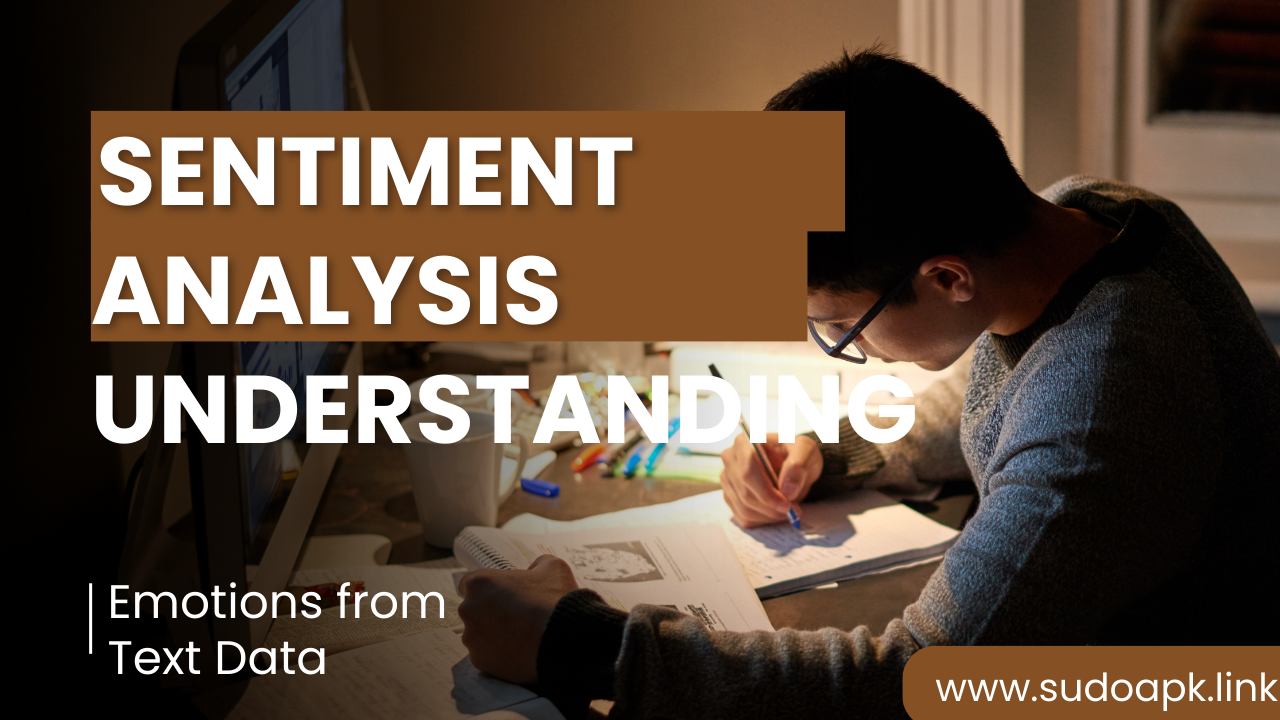

Sentiment Analysis: Understanding Emotions from Text Data
Sentiment analysis refers to the use of natural language processing to systematically identify, extract, quantify and study emotional states and subjective information from text data. This allows brands, organizations and researchers to analyze attitudes, opinions and emotions towards products, services, individuals, topics and organizations at scale to derive actionable insights.
In this comprehensive guide, we will cover key concepts in sentiment analysis, popular techniques and applications benefiting industries to guide optimal adoption.
Introduction to Sentiment Analysis
Sentiment analysis aims to determine the tone, contextual polarity, emotional state or subjective perception embedded in written language quantitatively and categorize texts by overall sentiment. For example:
- Product reviews classified as 1 to 5 star positive to negative ratings
- Survey responses categorized as dissatisfied, neutral or satisfied
- Comments tagged as toxic, harmless or healthy conversations
Multiple text elements enable automatic sentiment classification:
Subjectivity Detection
Distinguishing facts from personal viewpoints is essential for scoring relevance of expressions to guide text filtering.
Emotion Detection
Fine-grained emotion grouping like anger, joy, sadness etc provides richer signal than binary polarity for social media monitoring and smart assistants.
Aspect-based Sentiment
Paragraph-level scores lack granularity so assigning sentiment towards specific targets like device features in reviews offers precise insights for manufacturers. This needs co-reference resolution and knowledge graphs using ML powered NLP.
By combining signals from these capabilities, sentiment analysis unearths trends and derivative metrics to enable data-informed decision making. Let's analyze popular techniques next.
Key Techniques for Sentiment Analysis
Sentiment classification from text leverages machine learning across classical and deep learning techniques:
Machine Learning Classifiers
Models like logistic regression, gradient boosting trees and random forests ingest text features like averaged word vectors, part-of-speech tags, extracted entities and lexical dictionaries as training signals for multi-class classification across positive, negative and neutral sentiment.
Deep Neural Networks
RNN, CNN and transformer architectures automatically learn textual features hierarchical representations from raw text input using word and character embeddings without extensive pre-processing for end-to-end learning. They capture nuanced contextual cues by modeling semantics.
Transfer Learning
Limited labeled data hampers accuracy. Techniques like language model fine-tuning leverage knowledge from pre-trained networks using vast corpus to bootstrap robustness. For example, BERT embeddings transferred to downstream use cases like social media improve accuracy.
Ensemble Modeling
Combining predictions from diverse models using stacking or voting harmonizes signals for greater precision. It allows hybridization across classical and deep learning models according to interpretability and performance needs.
The context and composability power across these techniques unlocks multifaceted applications for text and speech which we will cover next.
Key Applications of Sentiment Analysis
Sentiment quantification and classification find extensive adoption worldwide across industries enabling data-driven decisions:
Brand Monitoring
Public sentiment tracking towards brands, campaigns and product launches provides marketers competitive intelligence for agile positioning while sales teams can address concerns raised through QA analysis.
Customer Experience
Call center speech logs, store feedback forms and support conversations get mined for emerging issues and early defect detection allowing remedies in real-time to boost satisfaction.
Healthcare
Patient health records and doctor reviews reveal symptoms while contact center and community group conversations improve public health surveillance aiding agencies like CDC monitor epidemics and risk factors geographically using location signals.
Finance and Investing
Earnings calls, financial reports, brokerage analysis and trading forums provide tells into emerging trends, bubbles and economic shifts for investment decisions using temporospatial modeling.
Smart Assistants
Virtual home assistants and automobile interfaces improve through emotional speech recognition that automatically adjust recommendations and responses based on mood appropriate to the context.
The expansive applicability of sentiment analysis originates from its ability to add emotional dimensionality to data retrospectively that gets created daily across industries and gatherings. This generates transformative possibilities which we will discuss next.
The Rising Impact of Sentiment Analysis
Sentiment scores enrich existing analytics data with subjective perceptions that offer vital behavioral, contextual and predictive signals for decision makers:
Granular Segmentation
Grouping users across spectrum of attitudes and emotions enables hyper-personalization of messaging, promotions and experiences to maximize engagement through psychological resonance.
Risk Identification
Early warnings around churn, public backlash, misinformation narratives and polarization stemming from sentiment shifts guide mitigation response through context delivery, feature changes and community partnerships.
Predictive Analytics
Correlating sentiment time series with outcomes like sales, volatility and hospital admissions provides signals on leading indicators for continuous monitoring through trigger-based alerts powering prescriptive actions.
The contextual awareness from collective sentiment monitoring and classification unlocks immense opportunities for brands and public agencies to preempt and act wisely. Responsible adoption necessitates discussing vital risks and remedies as well.
Addressing Ethical Considerations
Like all AI, sentiment models need rigorous testing for issues like:
Gender and Racial Bias
Imbalanced data, non-inclusive language and reinforcement learning risks perpetuating harm through uneven model performance, stereotyping and toxicity. Continual auditing and participant diversity uphold fairness.
Manipulation Risks
Adversaries poisoning data and gaming algorithms for deception needs safeguards through adversarial training, causality-based cross-validation and consensus incentives focused on truth.
Responsible Decisioning
Humans must retain agency over concsequential actions by treating model scores as cues for investigation rather than sole triggers for response allowing psychology, ethics and context to guide choices.
Thoughtful deployment centered on human wellbeing over efficiency alone carries sentiment analysis to its highest purpose.
Key Takeaways on Sentiment Analysis
- Machine learning quantifies emotions within unstructured text data retrospectively offering contextual analytics signals on attitudes and perceptions.
- Multifaceted techniques analyze sentiment across target entities, semantic aspects and at hierarchical document levels.
- Layered deep learning architectures automatically extract nuanced emotion from speech, slang, emoji and informal languages.
- Combining predictions across classifiers improves accuracy while transfer learning boosts performance for low-resource domains.
- Responsible practices around testing for bias, ensuring transparency and prioritizing benefit over capital outcomes sustain public trust.
In summary, sentiment analysis delivers immense value but needs skillful application. We hope this guide offered useful frameworks to consider pursuing text data's affective dimensions for prognostic decisions while upholding ethical standards.
Frequently Asked Questions on Sentiment Analysis
Q: What are best practices for implementing sentiment analysis?
Multilingual training data, tuned regularization to prevent overfitting, transfer learning and ensemble architectures provide a robust framework. Testing on stratified out-of-sample data by demographics is vital.
Q: How does sentiment analysis differ from emotion detection?
Sentiment analysis detects viewpoints and polarity while emotion detection identifies specific feelings. Also sentiment often focuses on entities while emotions are personal states. The approaches are complementary for richness.
Q: What are key metrics for evaluating sentiment models?
Classification accuracy, precision, recall, F1 score, confusion matrices and ROC curves quantify performance. Fairness indicators across user segments monitor for bias. Dataset profiles aid methodology selection.
Q: How can media outlets leverage sentiment analytics?
Public reactions tracking on articles, personalized recommendation based on taste and integrating historical preference data into reputation scores allows better visibility and feedback for journalists while tackling misinformation.
Q: Which techniques suit real-time vs archival sentiment analytics?
For archived data, accuracy takes precedence hence complex deep learning and ensembling help. Stream analysis prioritizes throughput and latency where incremental learning on edge devices suits best.
In summary, sentiment analysis powers applications where emotional intelligence provides vital signals for contextual personalization, preemptive risk mitigation and prognostic decisions across sectors. Combining machine learning with ethical oversight enables responsible adoption.
Popular articles
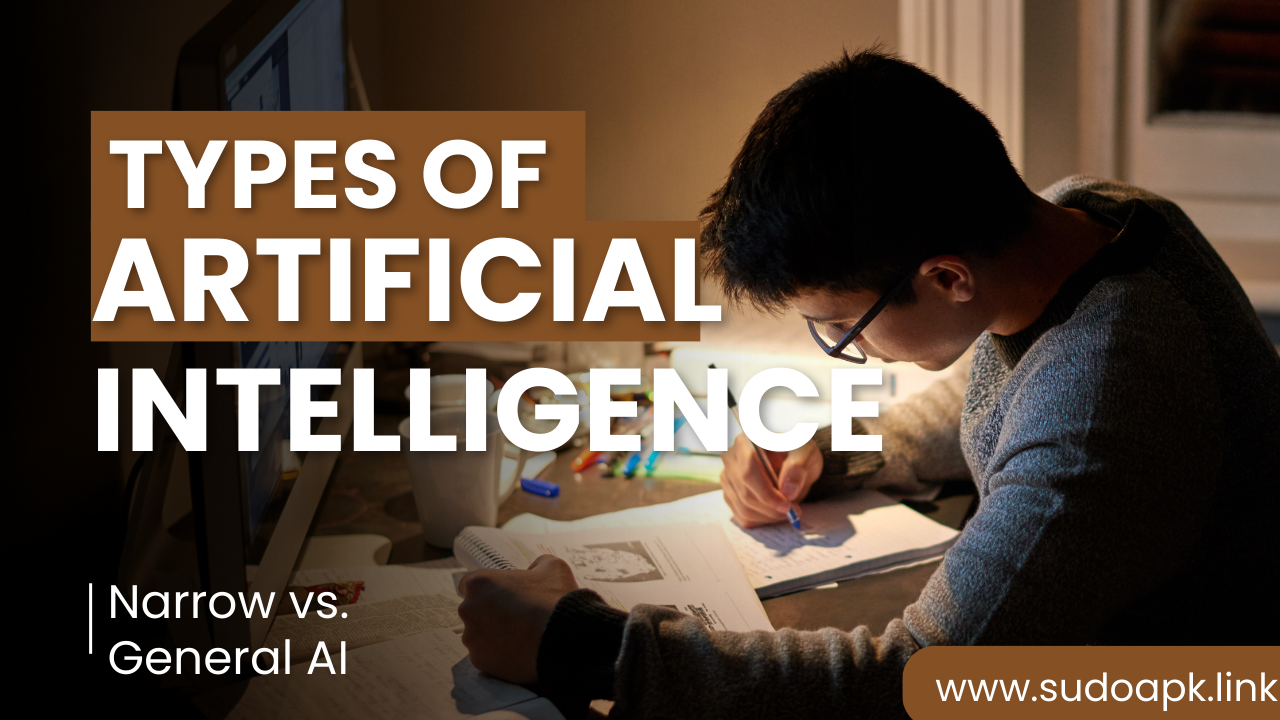
Dec 31, 2023 07:04 AM
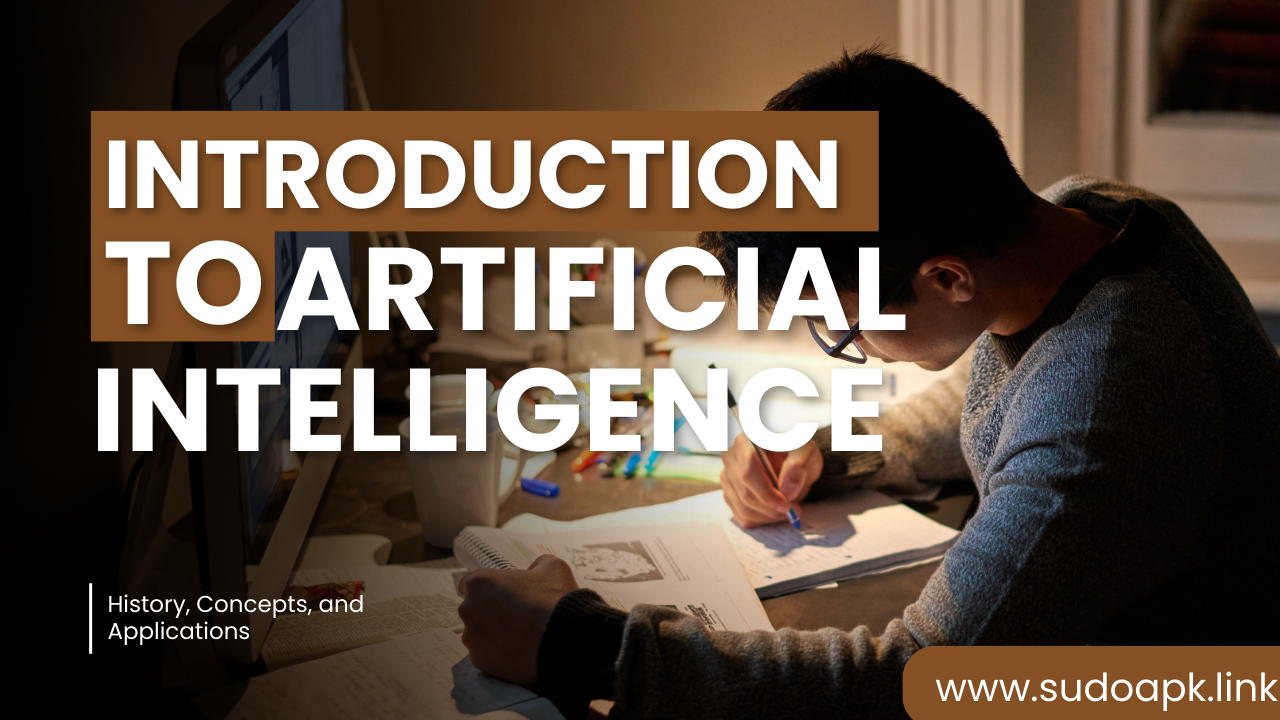
Dec 31, 2023 06:48 AM
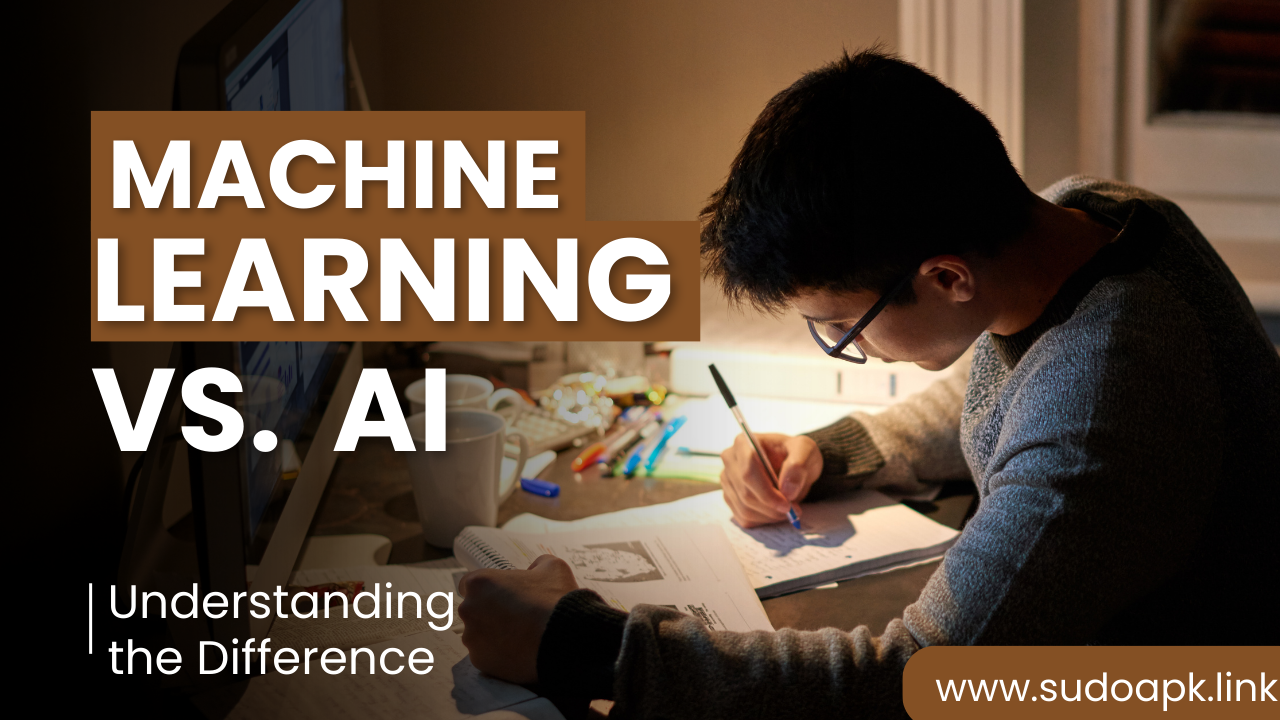
Dec 31, 2023 07:12 AM
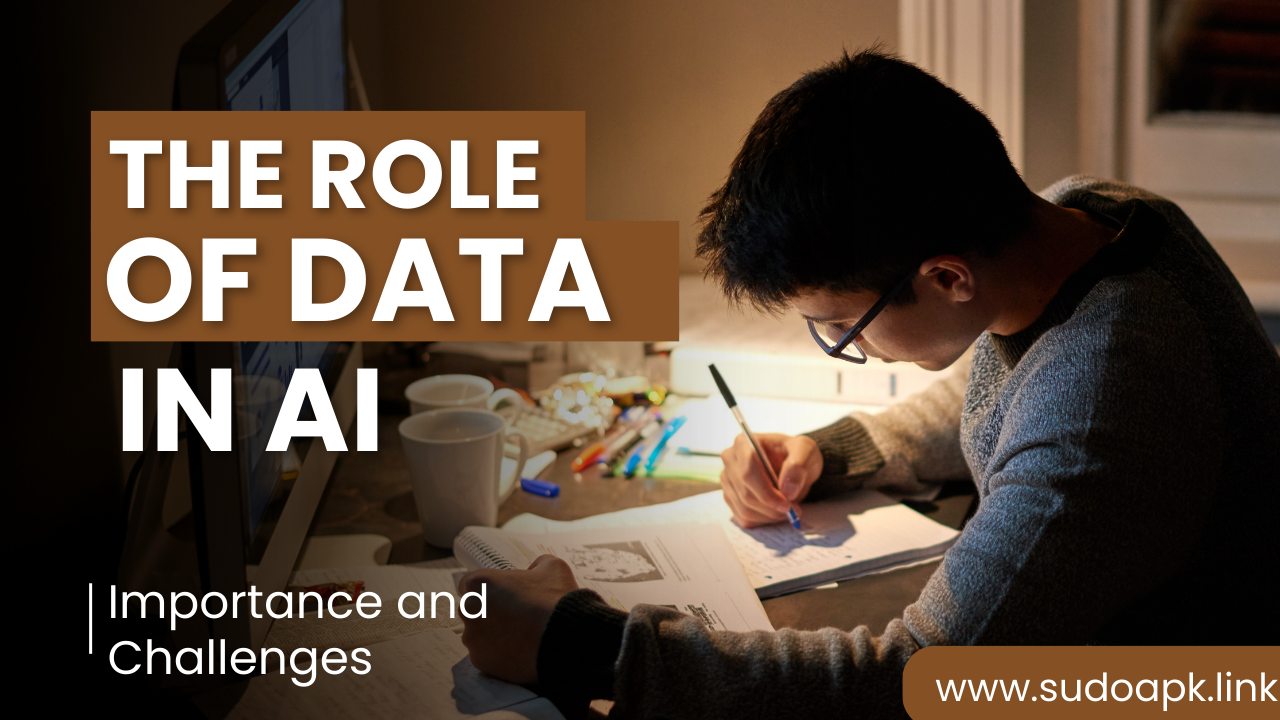
Dec 31, 2023 07:22 AM
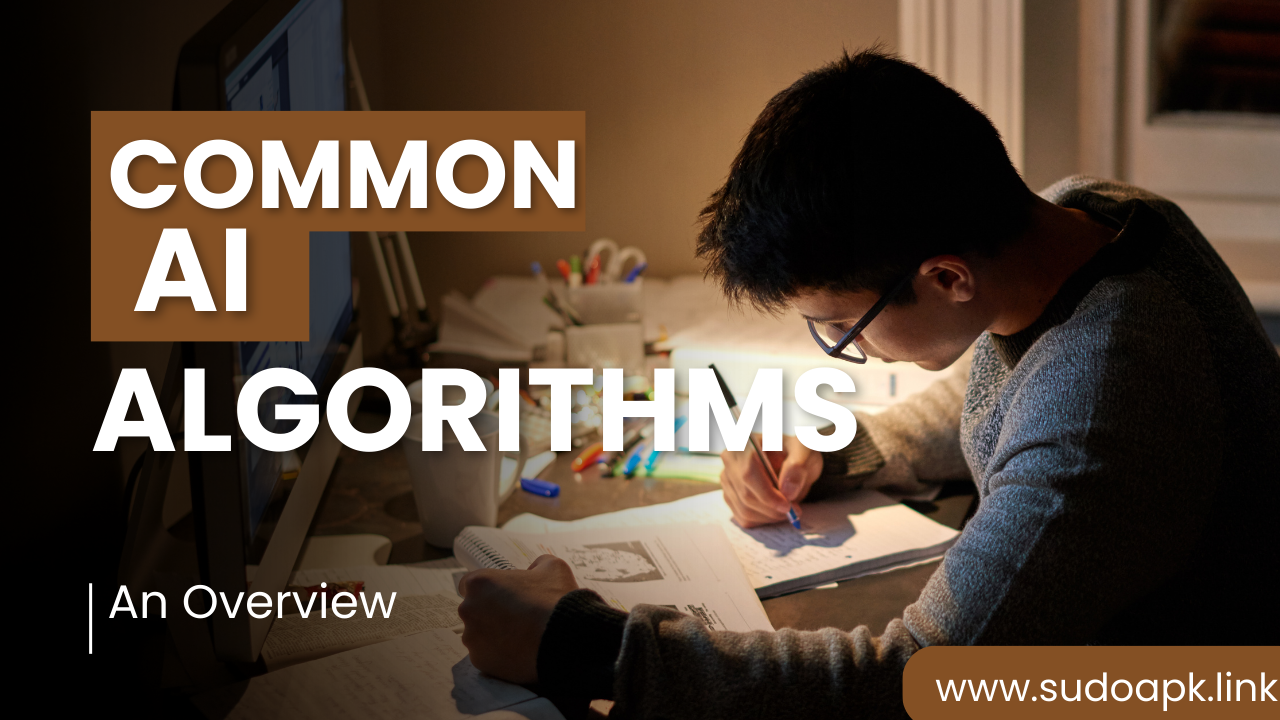
Dec 31, 2023 07:17 AM
Comments (0)